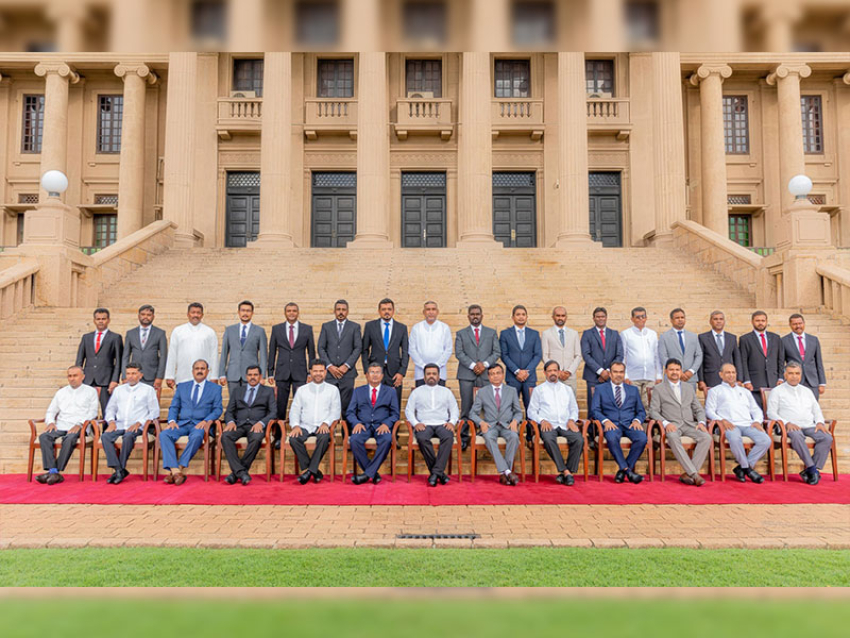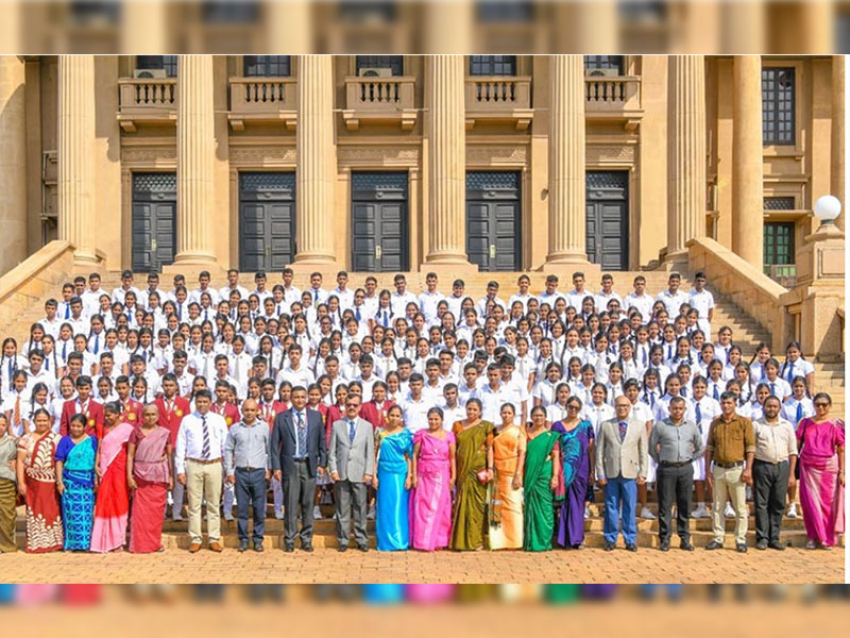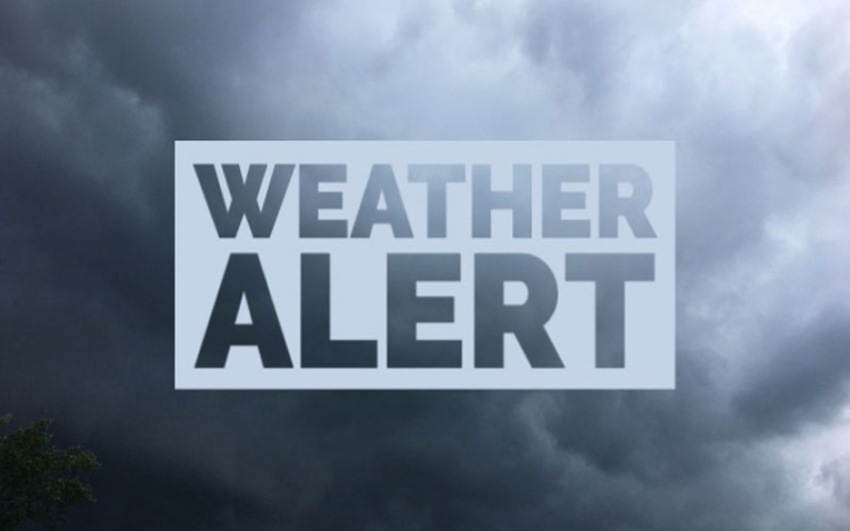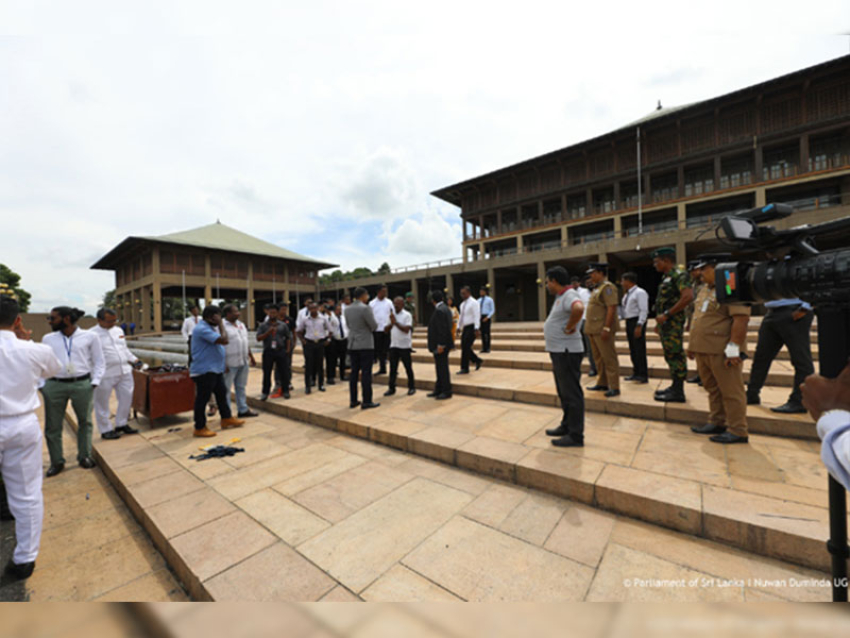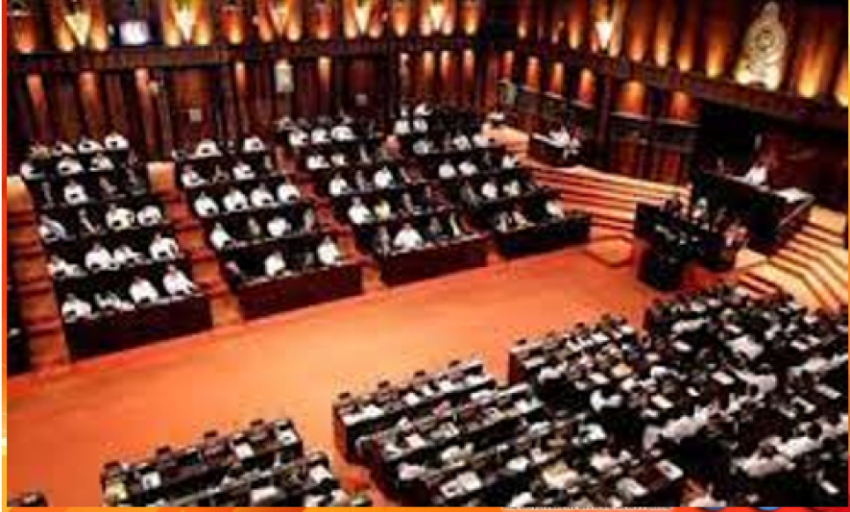The heavy rains are expected to continue until early next week, providing relief to some drought and fire-ravaged areas.NSW Rural Fire Service said the rain had extinguished a third of the blazes there, but as of Friday, 43 were still burning."Good rainfall is being recorded in parts of the state, with a hope it continues to drop where needed most," the fire service said.A weather system developing off the east coast of New South Wales is forecast to intensify over the weekend, after moving south from neighbouring Queensland.The BOM has issued a severe weather warning for a large stretch of coastline, from Coffs Harbour in the north to Batemans Bay in the south.Heavy rainfall is likely to cause flash flooding in parts of the Mid North Coast, lower Hunter, Sydney Metropolitan, and Illawarra regions, and eastern parts of the Central Tablelands, the BOM said.
Damaging winds of up to 55mph (90 km/h), abnormally high tides, and damaging surf conditions were also forecast in parts of the affected area.The State Emergency Service in New South Wales advised residents to leave low-lying areas "well before flash flooding begins" but "only if it is safe to do so".
Weather warnings are also in force in Queensland, where severe thunderstorms are forecast "to produce heavy rainfall that may lead to flash flooding".Meanwhile in Western Australia, residents are hunkering down as a tropical cyclone approaches the state's northern coast. The cyclone is forecast to hit coastal areas on Saturday, unleashing powerful gusts and torrential rain.NSW fire officials said they were "over the moon" to see the state's forecast for a week-long drenching come to fruition.
"This isn't just one of those scattered showers we saw a month ago," NSW Rural Fire Service (NSWRFS) spokeswoman Angela Burford told the BBC. "This is really helping our firefighters, and in some places, giving them well-needed rest. "However, Ms Burford warned that the largest blazes, in the state's inland south and near the capital city of Canberra, had received limited showers so far and were still of concern.
Much of NSW has been in drought for over three years, and such conditions have fuelled the intensity of the summer's unprecedented fires. Some fires, which were finally contained this week, have been burning for over two months.NSW fire chief Shane Fitzsimmons said hotter and drier conditions were expected to return in the coming weeks. The state's bushfire season, which began in September, could run until as late as April.However, he said this particular period of rain "is breaking the back of this fire season, no doubt".NSW has been the state most devastated in Australia's 2019-20 bushfires crisis. The unprecedented scale and intensity of the blazes is a direct effect of climate change, scientists say.Australia's fires 'will be normal' in warmer worldNationally, blazes have killed at least 33 people and destroyed thousands of homes. More than 11 million hectares of land - an area comparable to the size of England - has been scorched.
Australia fires will be 'normal' in warmer world
By Matt McGrath
Environment correspondent
14 January 2020
commentsShare this with Facebook Share this with Messenger Share this with Twitter Share this with Email Share
Related TopicsOur Planet Matters
Image copyrightGETTY IMAGES
UK scientists say the recent fires in Australia are a taste of what the world will experience as temperatures rise.
Prof Richard Betts from the Met Office Hadley Centre said we are "seeing a sign of what would be normal conditions under a future warming world of 3C".
While natural weather patterns have driven recent fires, researchers said it's "common sense" that human-induced heating is playing a role.
Last year was Australia's warmest and driest year on record.
Why Aboriginal planners say the bush 'needs to burn'
What is Australia doing to tackle climate change?
Australia PM regrets handling of bushfire crisis
UK researchers have carried out a rapid analysis of the impact of climate change on the risk of wildfires happening all over the world. Their study looked at 57 research papers published since the last major review of climate science came out in 2013.
All the studies in the review showed links between climate change and the increased frequency or severity of fire weather. This is defined as those periods of time which have a higher risk of fire due to a combination of high temperatures, low humidity, low rainfall and high winds.
Image copyrightGETTY IMAGES
The signal of human-induced warming has become clearer in different parts of the world with the passage of time. A paper published last year suggests the impact of climate change could be detected outside the range of natural variability in 22% of land that's available for burning.
"Overall, the 57 papers reviewed clearly show human-induced warming has already led to a global increase in the frequency and severity of fire weather, increasing the risks of wildfire," said Dr Matthew Jones, from the University of East Anglia, and the lead author of the review.
"This has been seen in many regions, including the western US and Canada, southern Europe, Scandinavia and Amazonia. Human-induced warming is also increasing fire risks in other regions, including Siberia and Australia."
However, the review says that the dramatic fire situation witnessed in Australia in recent months is "challenging to diagnose".
Naturally occurring weather patterns have played a significant role in creating the right conditions for wildfires. Conditions in the Indian Ocean and the Pacific have meant hot, dry spells across the country.
But the influence of human-driven climate change is also in the mix.
"This (the fires) would have happened naturally but we can be confident that they have been made hotter because of man-made climate change," said Prof Betts.
Image copyrightGETTY IMAGES
Image caption
Drought and record temperatures have contributed to the dramatic burning in Australia
Speaking at the launch of the global review, he pointed to the fact that Australia is now about 1.4C warmer than the global average temperature was in the pre-industrial period.
"Temperatures in December in Australia, that have occurred recently, they are extreme for now but they would be normal under a world getting on for three degrees of warming, so we are seeing a sign of what would be normal conditions under a future warming world of 3 degrees," Prof Betts explained.
Right now, the world has warmed around 1C since the 1850s. Even with current government plans to limit emissions of CO2, the world is on course for around 3C of warming by the end of this century.
Other experts involved in the review say that people are seeing the signal of global warming "with their own eyes" when it comes to wildfires and heatwaves.
"These are impacts we are seeing for one degree of global climate change. The impact will get worse as long as we don't do what it takes to stabilise the world's climate," said Prof Corinne Le Quéré, from the University of East Anglia in Norwich.
"And what it takes is to bring CO2 and other long-lived greenhouse gases down to net zero emissions. If we don't do it, we will have much worse impacts - so what we are seeing in Australia is not the new normal, it's a transition to worse impacts."The details of the papers included in the review can be found at the ScienceBrief online platform.
What's being done to fight the flames?
23 January 2020
Share this with Facebook Share this with Messenger Share this with Twitter Share this with Email Share
Related TopicsAustralia fires
Image copyrightGETTY
Large parts of Australia have been devastated by the worst wildfires the country has seen in decades, with huge blazes tearing through bush, woodland and national parks.
Record-breaking temperatures and months of drought have helped the fires burn an estimated 10 million hectares (100,000 sq km) of land since 1 July.
What are the Australian authorities doing to stop the fires and could anything have been done to prevent them?
Fighting the fires is a huge and dangerous task
Thousands of firefighters are still battling blazes across Australia - ranging in size from small fires to infernos burning across hectares of land.
Entire towns have been engulfed and residents across several states have lost their homes. At least 30 people have died.
Source: Nasa Firms. Map built using Carto
Points represent any detection of fire, not actual area burned. Heat sources which are not bushfires make up less than 1% of data shown
Over the last few months, state and federal authorities have been working together to try to stem the spread of the fires. While they have managed to contain some within a matter of days, the biggest blazes have been burning for months.
But task of quelling the flames has been a dangerous one, with four firefighters and three US crew members of an air tanker losing their lives.
Officials lost contact with a C-130 Hercules water-bombing plane on Thursday as it crashed in the Snowy Mountains in the state of New South Wales (NSW). The cause of the crash is not yet known.
Although recent cooler conditions and rain have brought some respite to operations, more than 80 fires are still burning in NSW.
Hot and windy conditions are forecast to return this week.
A visual guide to the bushfire crisis
A very simple guide to the Australia fires
Does controlled burning really work?
Many people are involved in the battle
At least 3,700 firefighters have been on the ground at any one time across the country during the worst periods, according to the country's state fire services. Most have been in the worst-hit states of New South Wales (NSW) and Victoria.
When fires have been at their worst, about 2,700 firefighters have been battling blazes at any one time in NSW.
But in recent days, more than 1,100 firefighters have been on the ground, the NSW Rural Fire Service says.
Ben Shepherd, from the service, said his colleagues had dealt with 4.2m hectares of burning land this season, compared with the typical 300,000 hectares.
"It's been an incredibly long campaign," he said.
Fire crews across the country have been joined by 3,000 army, navy and air force reservists who are assisting with search and rescue and clean-up efforts.
Further support has come from the US, Canada, and New Zealand, who have sent additional teams and equipment to help.
They're using a lot of kit
Fire crews are using a combination of aircraft and land-based equipment to fight the fires.
NSW Rural Fire Service says it has about 100 aircraft in the skies every day when the fires are bad, while Victoria Country Fire Authority says it has more than 60.
They include helicopters, fixed-wing aircraft and larger air-tankers, most of which can be used to "firebomb" water onto fires or drop retardant from the sky above.
Overall, more than 500 aircraft are available for firefighting across Australia, according to the National Aerial Firefighting Centre, which has its own fleet of about 130 aircraft ready to help boost a state's response when required.
Prime Minister Scott Morrison also committed $14m to leasing firefighting aircraft from overseas.
On the ground, teams are also using firefighting trucks and "heavy plant" equipment, such as bulldozers and excavators, in order to move earth, clear areas of debris and create "firebreaks" - gaps in vegetation that help slow the advance of flames.
NSW Rural Fire Service says it has more than 750 vehicles on the ground when fires are at their worst.
Image copyrightGETTY IMAGES
Military aircraft and navy cruisers are also being used alongside Australian fire service kit.
But the government has faced criticism for its response
The prime minister - a keen supporter of the country's coal industry - has faced fierce criticism over his apparent failure to anticipate the crisis, his slow response to the disaster and his reluctance to accept a link between the bushfires and climate change.
Image copyrightGETTY IMAGES
Mr Morrison was forced to apologise for going on a family holiday to Hawaii last month as the crisis escalated and he has been heckled by locals in NSW and Victoria.
In response, the Australian leader has expressed regret over his handling of the crisis and said he would seek a royal commission review - a type of public inquiry - into the country's response. He has also promised A$2bn ($1.4bn; £1.1bn) in aid to help the country recover
But the prime minister is being urged to do more to cut Australia's carbon emissions and tackle climate change, which is seeing the country's average temperatures rise.
The latest figures from Australia's Bureau of Meteorology show 2019 was the country's hottest and driest year on record.
The conditions were caused by a climate phenomenon called a positive Indian Ocean Dipole (IOD), which was unusually strong, a rare Sudden Stratospheric Warming event, which pushed weather systems northward, as well as climate change, the bureau said.
Last year's annual mean temperature was 1.52 degrees Celsius above the 1961-1990 average of 21.8C - higher than the previous record of 1.33 degrees Celsius in 2013.
Australia's state of the climate report, published last year, warned that warming temperatures meant there had been a "long-term increase in extreme fire weather" as well as an extension in the "length of the fire season".
But there have been warnings of Australia's increased levels of fire risk since 1988 - and a 2007 report by Australia's federal science agency predicted more intense fires would be seen by 2020, says Dr Tim Curran, senior lecturer in ecology at Lincoln University in New Zealand.
The scale and intensity of this year's fires and the fact they are now more likely to become a common phenomenon means the Australian authorities may well have to take further steps to prepare in future years.
Professor Dale Dominey-Howes, director of the Asia-Pacific Natural Hazards and Disaster Risk Research Group at the University of Sydney, argues the current bushfire crisis - and the fact it is affecting multiple states and territories simultaneously - represented a "new normal" and the government needed to act.
"We need new approaches to disaster management - a professional paid workforce, capable of round the clock, round the year and around the country deployment, capable of responding to multiple disaster types," he says.



